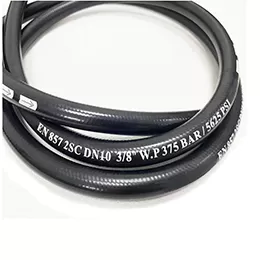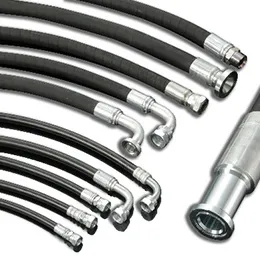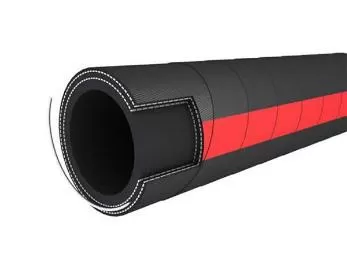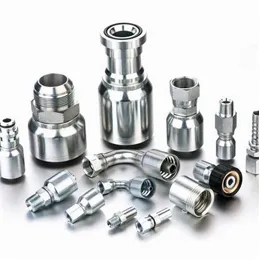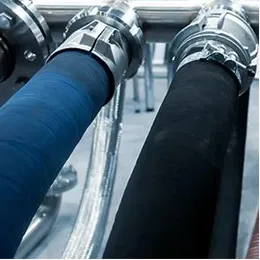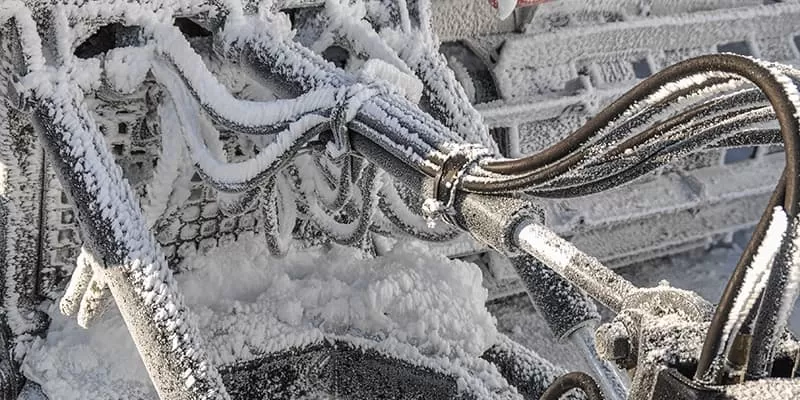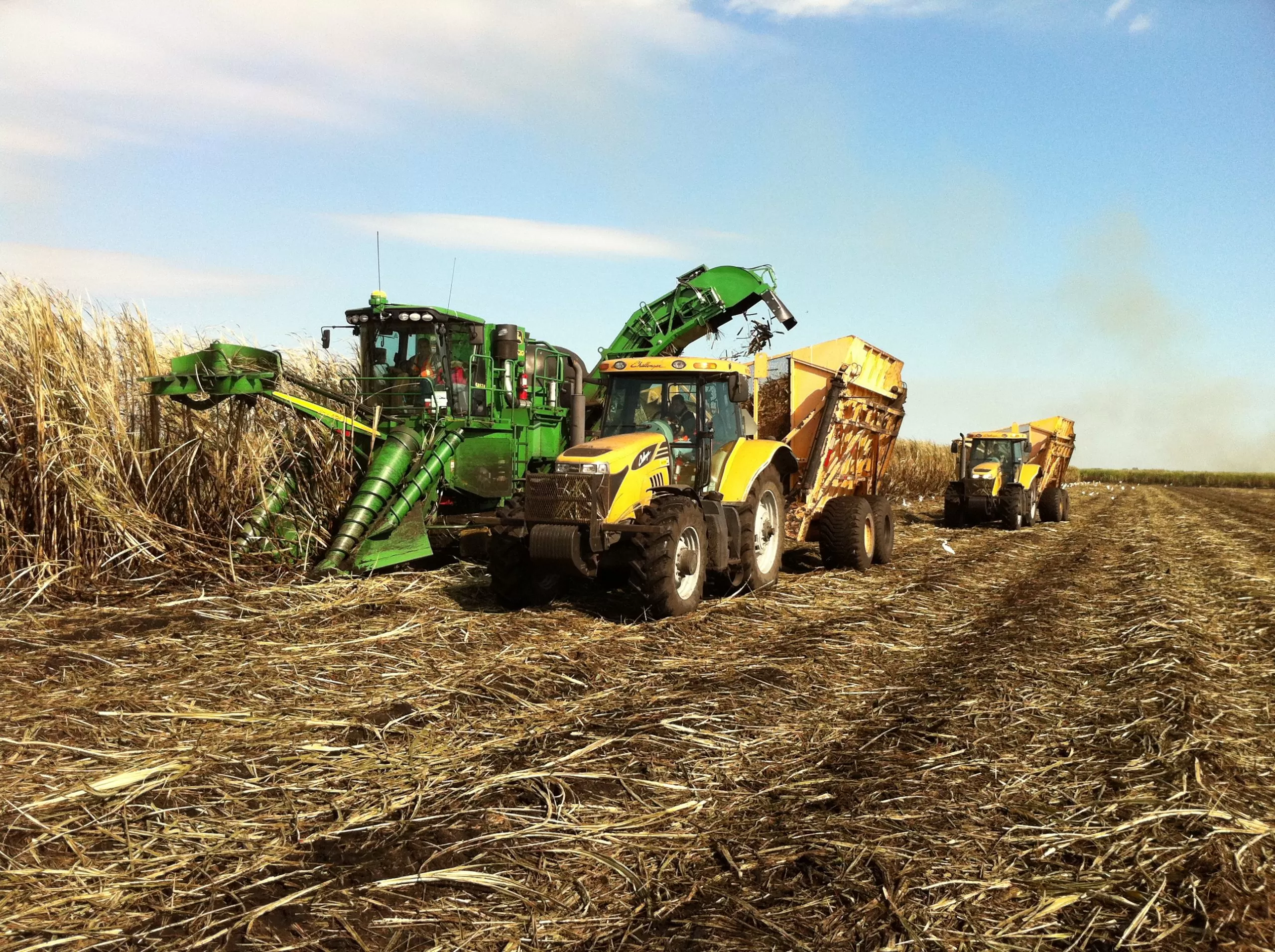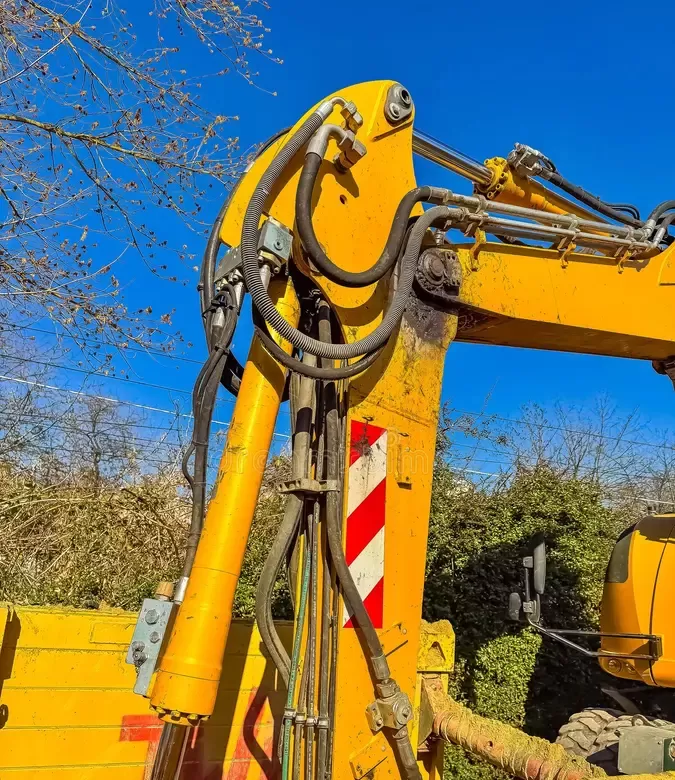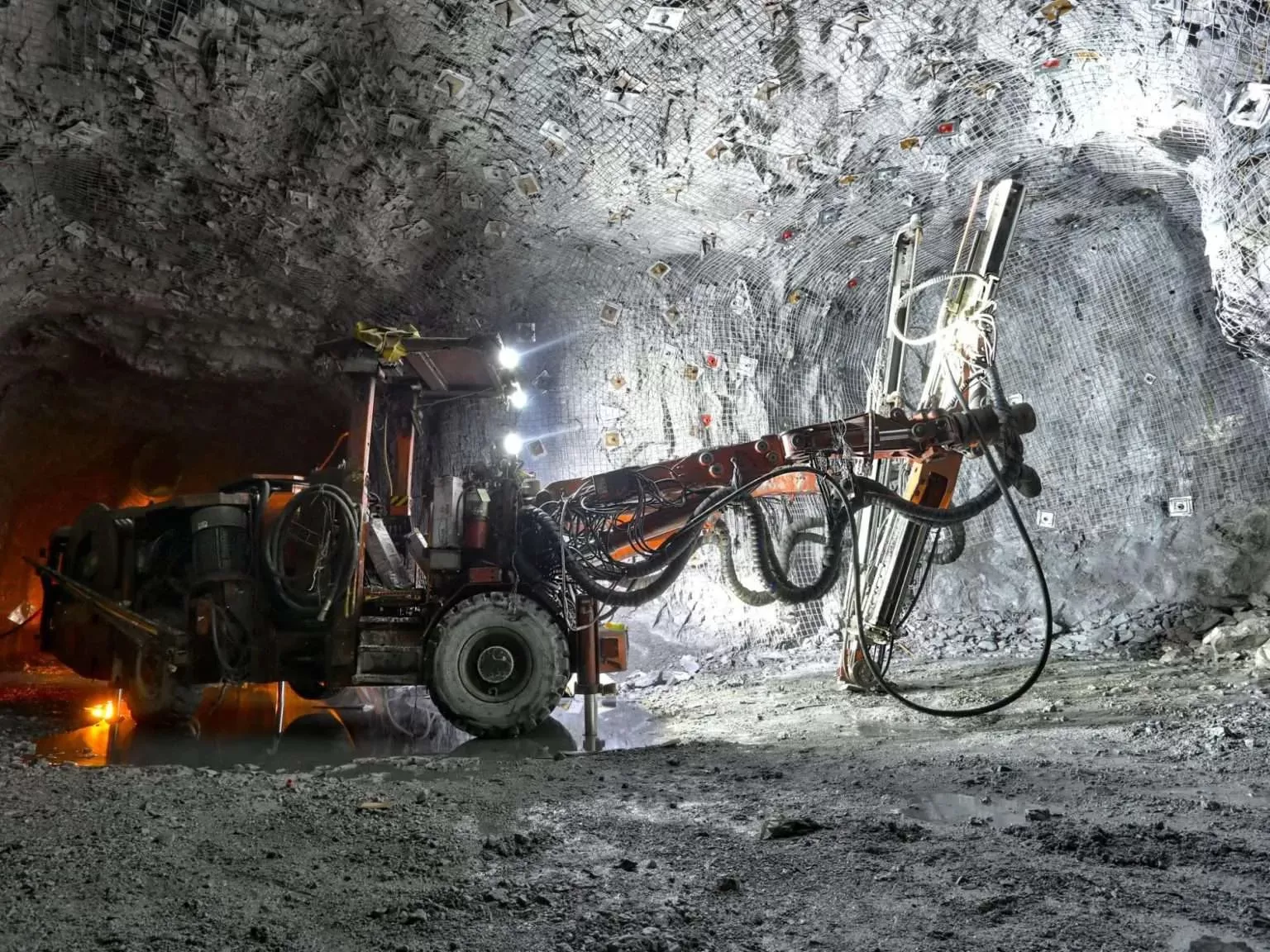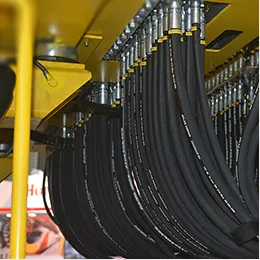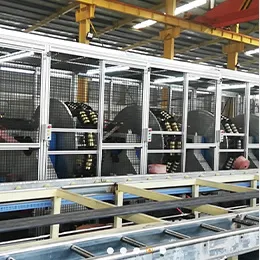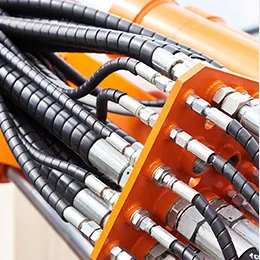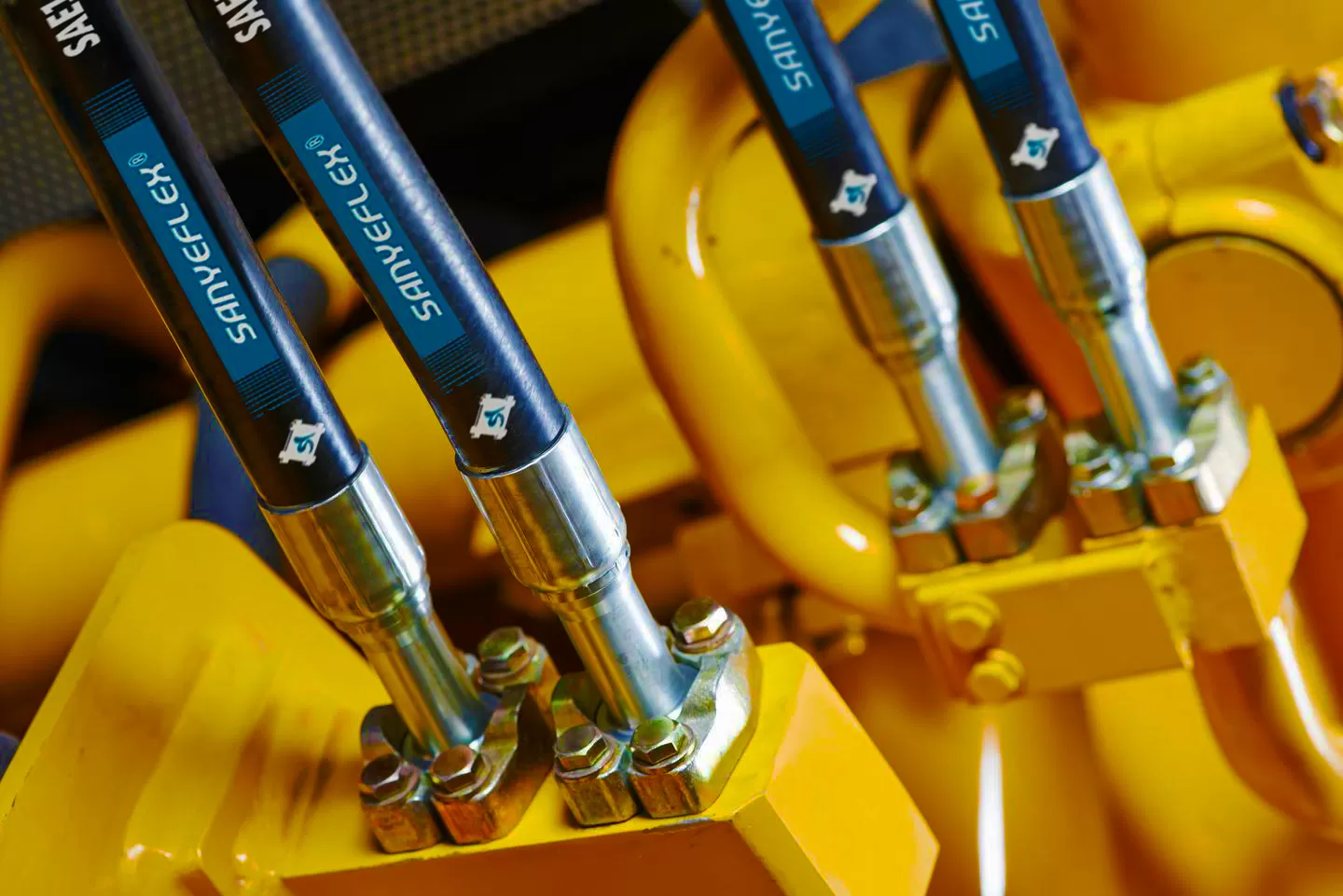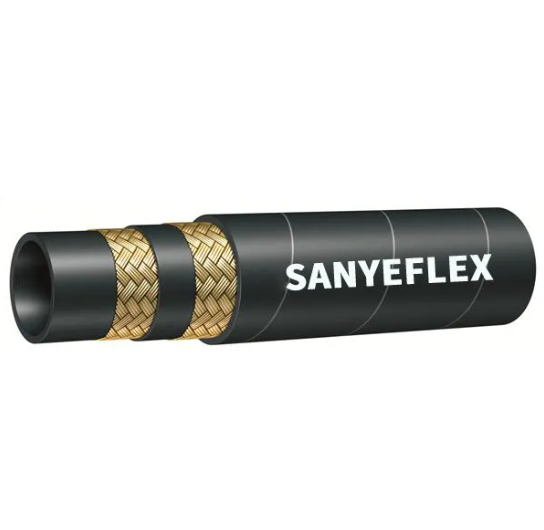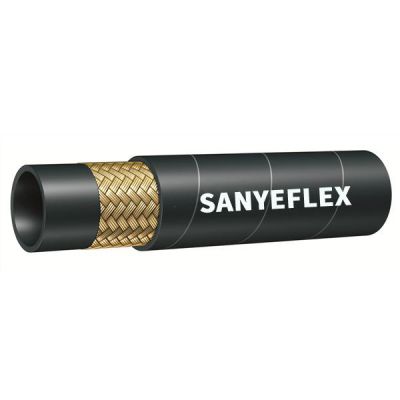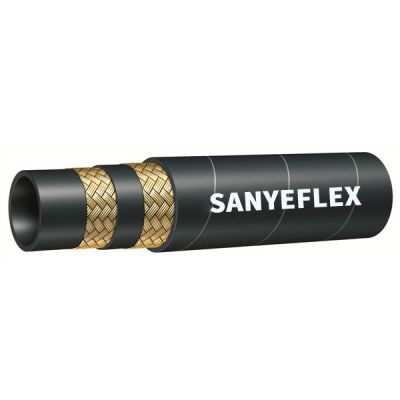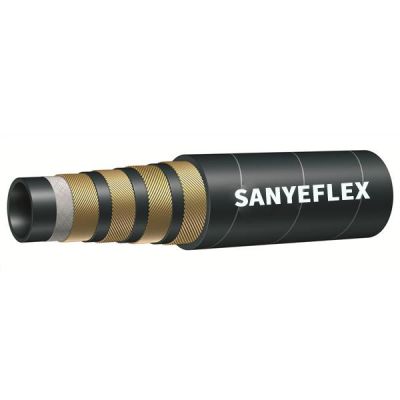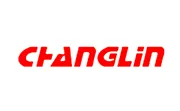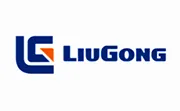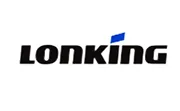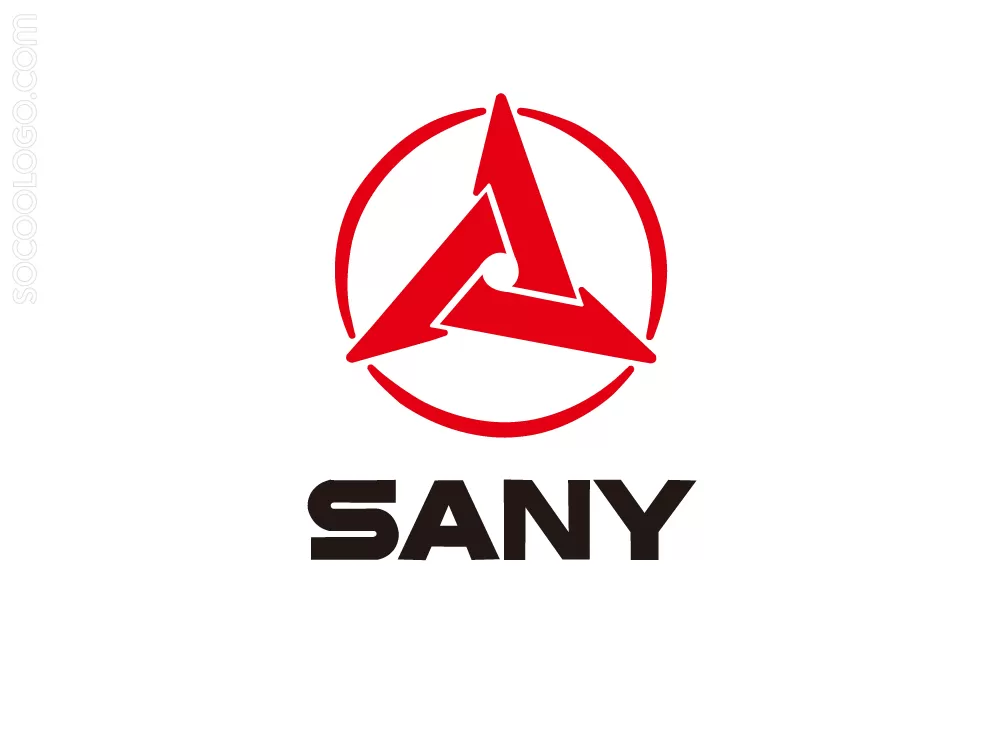Can One Hose Fit All?
When selecting a Flexible Hydraulic Hose, one question often emerges: Can a single hose work with all fluid types? For B2B buyers—whether you are an OEM, distributor, or maintenance contractor—this idea might seem efficient. One product SKU across applications. Fewer supplier contacts. Simpler logistics. But unfortunately, this assumption can be dangerous.
Different hydraulic fluids possess different chemical, thermal, and pressure characteristics. Using a hose incompatible with the working fluid can result in swelling, cracking, delamination, and, in severe cases, system failure. These failures mean not only downtime and high repair costs but also potential safety and environmental hazards.
This article walks you through why fluid type determines hose compatibility, what combinations work (and don’t), and how to ensure your procurement decisions meet both performance and safety standards.
Why Fluid Type Matters in Hose Selection
Every hydraulic hose consists of an inner tube (in contact with the fluid), reinforcement layers, and an outer cover. The inner tube’s chemical compatibility with the fluid is critical.
Here's why fluid type matters:
Petroleum-based oils may soften or degrade hoses made for water or glycol-based fluids.
Water-based hydraulic fluids can cause swelling in some rubber compounds or corrode metallic fittings.
Biodegradable or synthetic esters may chemically react with certain rubber types, causing leaks or pressure loss.
Aggressive chemicals (acids, solvents) can immediately destroy hoses not rated for chemical exposure.
If you select a hose purely based on pressure and temperature ratings—without considering the fluid inside—you risk premature failure, warranty voids, and operational losses.
Fluid Types and Hose Compatibility Chart
Below is a simplified reference chart to help guide hose selection by fluid type:
| Fluid Type | Common Examples | Recommended Hose Materials | Compatibility Notes |
|---|---|---|---|
| Petroleum-based oils | ISO VG 32, 46, 68 | NBR, CR, synthetic rubber | Standard hydraulic hoses apply; watch temp/ozone |
| Water-based fluids | Water-glycol, HFC/HFB fluids | EPDM, special synthetic rubber | Use corrosion-resistant fittings; avoid natural rubber |
| Biodegradable fluids | HEES (ester-based), HETG (veg oil) | PTFE, thermoplastics | Risk of swelling in NBR hoses |
| Synthetic esters | Polyol esters, phosphate esters | PTFE, FEP, fluoropolymers | Standard hoses not compatible |
| Aggressive chemicals | Acids, alkalis, refrigerants | PTFE, stainless steel braided | Request material compatibility certification |
Can One Hose Fit All? Myths vs Reality
Let’s address the central question: Is there a “universal” hose that works with all fluids? The short answer is: no.
Although multi-purpose hoses do exist—typically designed for petroleum-based fluids, water, air, and some light chemicals—they are not suitable for high-corrosion or chemically aggressive fluids like phosphate esters or acids. Hose selection depends on several factors, including:
Fluid type (chemical compatibility)
Operating temperature and pressure
Required flexibility and routing space
Abrasion resistance and UV exposure
Misapplication of a general-purpose hose can lead to:
Inner tube degradation
Reinforcement delamination
Premature failure and increased MRO costs
How to Choose the Right Hose for Your Fluid
Use the STAMPED method for accurate hose selection:
Size – What is the I.D./O.D./length required?
Temperature – What are the fluid and ambient temperatures?
Application – Where and how will the hose be used?
Material – What is the fluid media? (Include MSDS if available)
Pressure – What are the working and burst pressures?
Ends – What fittings or terminations are needed?
Delivery – What are the logistics/lead time expectations?
Always consult your supplier with full system details. The more you know about your fluid media, the safer and more efficient your hose selection will be.
SANYE’s Hose Compatibility Capabilities
At SANYE, we supply Flexible Hydraulic Hoses specifically designed to meet varied fluid compatibility requirements in industrial hydraulic systems.
Multiple inner tube materials: NBR, EPDM, PTFE, thermoplastic compounds
Certified products: SAE, ISO, DIN (R1AT, R2AT, 4SP, 4SH)
Custom solutions for corrosion, high-temperature, and high-pressure applications
Fluid compatibility consultations for OEMs and distributors
Fast international delivery and stable global supply chain
Not all hydraulic hoses are created equal. No hose is truly universal—especially when fluid chemistries vary. B2B buyers need to treat fluid type as a core selection factor to ensure safe and cost-effective performance.
Looking for a hose that matches your fluid system? Contact the SANYE technical team for a compatibility check or request a custom sample.
Optional Download: Hydraulic Hose Fluid Compatibility Guide (PDF)


